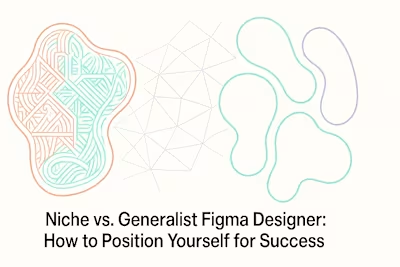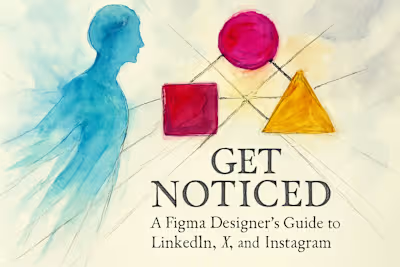Social Proof: How to Use Testimonials & Reviews to Boost Your Credibility

Social Proof: How to Use Testimonials & Reviews to Boost Your Credibility
What Is Social Proof and Why Is It Crucial for Figma Designers?
The Psychology of Trust
Building Credibility and Authority
Increasing Conversions and Winning Projects
The Different Types of Social Proof You Can Leverage
Client Testimonials (Quotes)
Platform Reviews and Ratings
In-Depth Case Studies
User-Generated Content (UGC)
How and When to Ask for a Client Testimonial
Timing is Everything: Ask When They're Happiest
Make it Easy: Use a Form or Template
Draft It for Them (The Pro Move)
Where to Strategically Display Your Social Proof
On Your Portfolio Homepage
On a Dedicated Testimonials Page
Alongside Relevant Case Studies
On Your Social Media Profiles and Posts
Leveraging Contra's Built-in Testimonial System
Automated Review Requests
Verified Client Feedback
Integrating Testimonials into Your Profile
Conclusion
References
Social Proof: How to Use Testimonials & Reviews to Boost Your Credibility
What Is Social Proof and Why Is It Crucial for Figma Designers?
The Psychology of Trust
Building Credibility and Authority
Increasing Conversions and Winning Projects
The Different Types of Social Proof You Can Leverage
Client Testimonials (Quotes)
Platform Reviews and Ratings
In-Depth Case Studies
User-Generated Content (UGC)
How and When to Ask for a Client Testimonial
Timing is Everything: Ask When They're Happiest
Make it Easy: Use a Form or Template
Draft It for Them (The Pro Move)
Where to Strategically Display Your Social Proof
On Your Portfolio Homepage
On a Dedicated Testimonials Page
Alongside Relevant Case Studies
On Your Social Media Profiles and Posts
Leveraging Contra's Built-in Testimonial System
Automated Review Requests
Verified Client Feedback
Integrating Testimonials into Your Profile
Conclusion
References
Posted Jul 6, 2025
Turn happy clients into your best marketing asset. Learn how to collect and display powerful testimonials and reviews to build trust and win more design projects.







